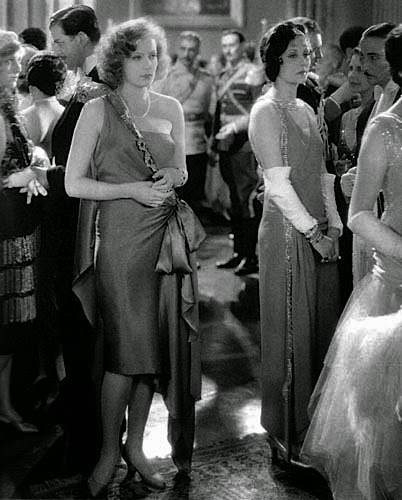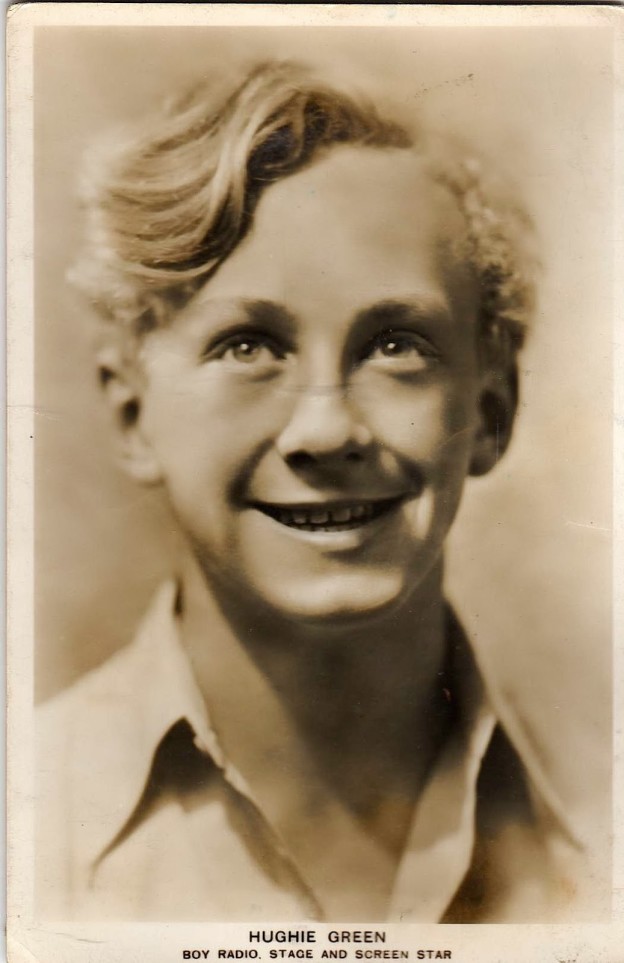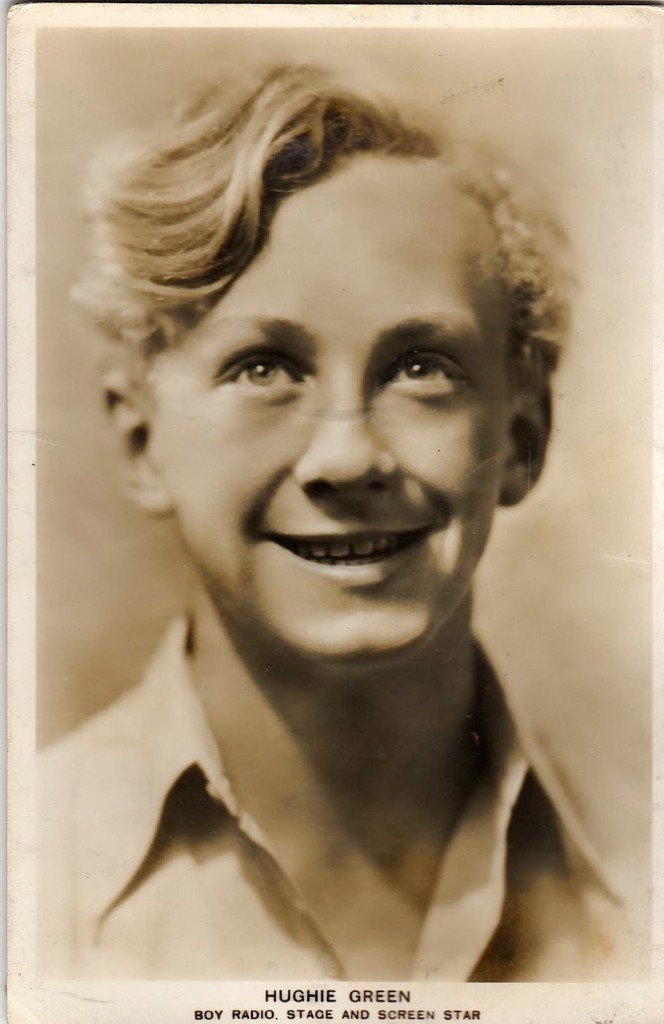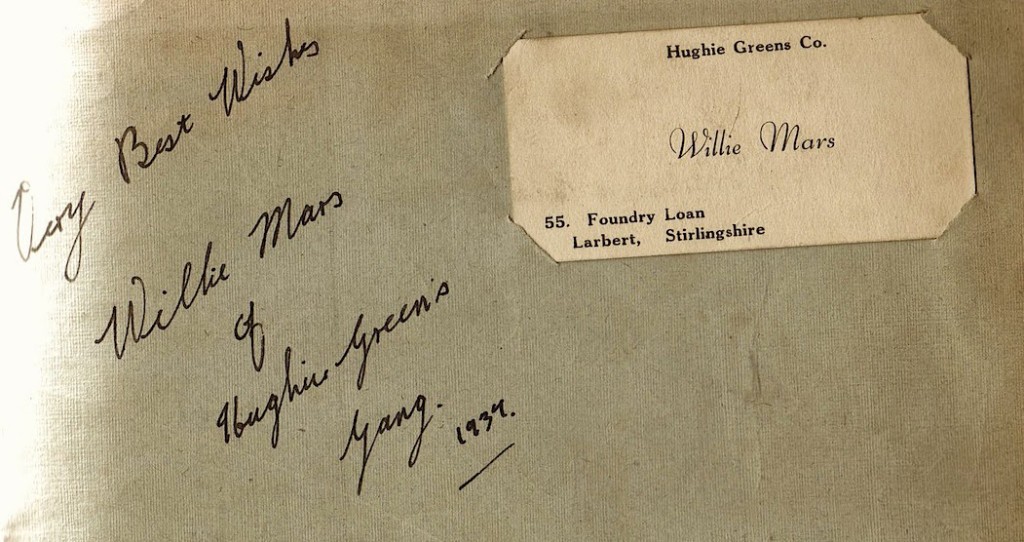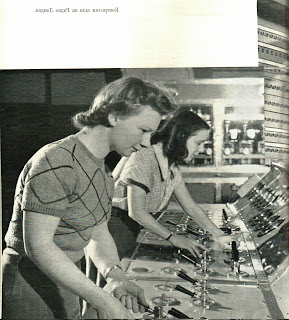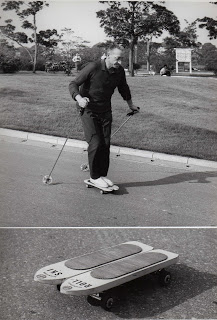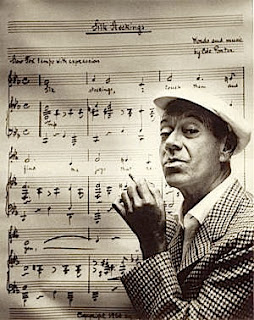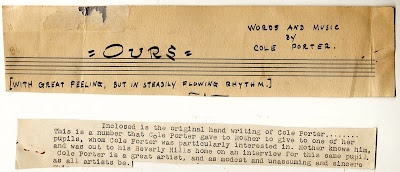Sent in by loyal jotwatcher RMH this very topical offering...By the way Kulfi is delicious, especially pistachio or mango. There are also a few local India restaurants/ canteens near the BBC which serve Kulfi. Some in the nearby Acton area have been there long enough to support his theory...

The otherwise excellent Dr Who drama, Adventures in Space and Time (televised on 21 November) deftly skated round the origins of the Dalek shape. There was a scene revealing a miniature mock up of the Tardis interior, but the Daleks emerged from the design studios as full sized models. Thus the important initial stage in the design process was missed out. Which is a pity. When, a few months ago, I interviewed Roberts Banks Stewart, a Dr Who scriptwriter from the early days of the programme, he assured me that the BBC production designer Ray Cusick, who died recently, had got the idea for the Dalek from salt and pepper pots used in the BBC canteen. Apparently, his sketches of these were shown to Terry Nation , who was so delighted by them that he got the BBC design people to create a full size model. The rest is history.
By I’m not entirely convinced. At least ten years ago I was visiting a small Indian restaurant off the Commercial Road in London when I saw a battered metal sign displaying some Dalek-shaped kulfi cones. The sign was worn and battered, which suggested that it may have pre-dated the arrival of the Dalek. Unfortunately, I can’t recall any company name on the sign or any other evidence that would help me arrive at a date of manufacture.
Then just six months ago I discovered that someone had posted a photo of a newer advertising placard advertising similar-looking Dalek-shaped kulfi cones. Now, it may have been that forty or more years ago some ice cream company in India wanted to cash in on the popularity of the Daleks. Or-- just as likely-- could Ray Cusick have been inspired, even subliminally, to create the prototype Dalek after visiting an Indian restaurant in the UK, or indeed in India itself ?
Dr Who fanatics would be wise not to exterminate my theory without providing evidence to disprove it.


